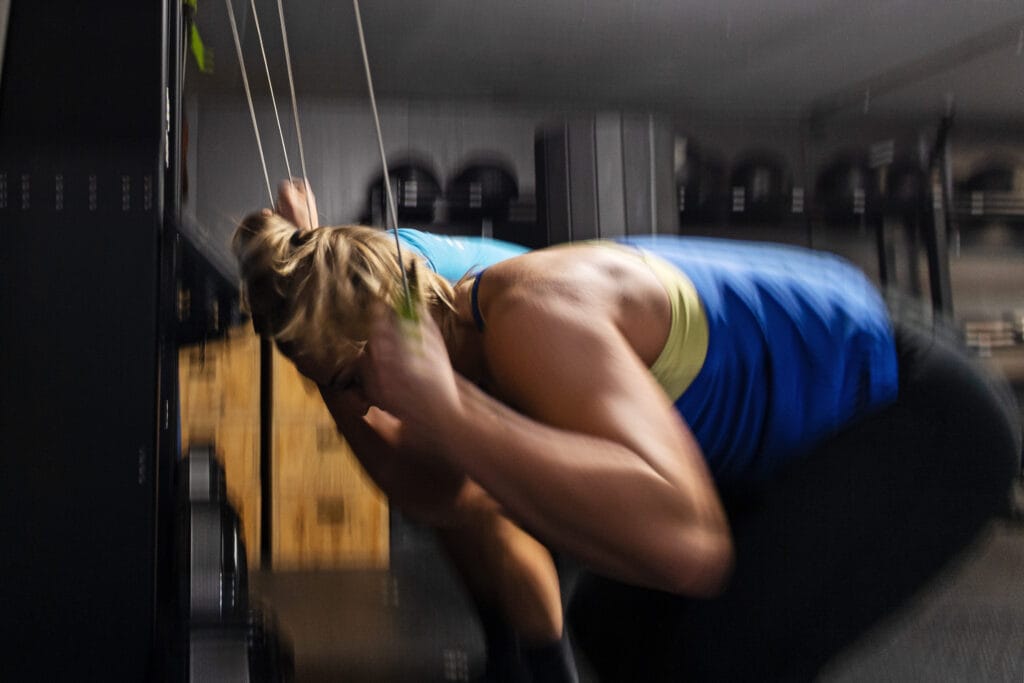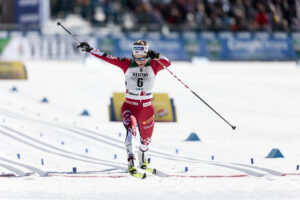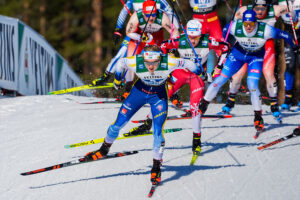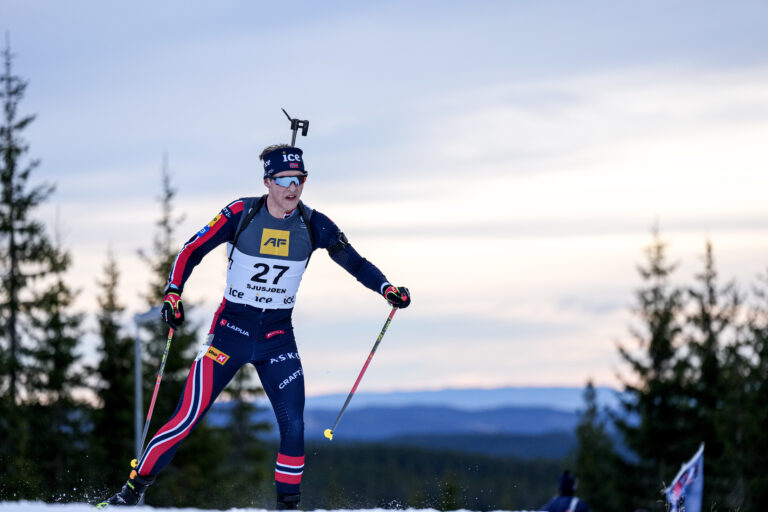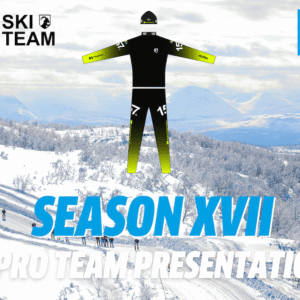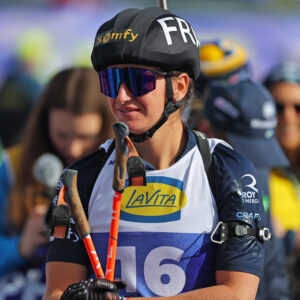Training tips: how to get the most out of your SkiErg
The SkiErg machine, designed to simulate double poling, has become a popular training tool in gyms and home setups. But its benefits go far beyond serving as a rainy-day substitute.
Finnish expert Veikko Sinisalo highlights that the SkiErg is not just a tool for elite athletes and encourages recreational athletes to give it a try.
SkiErg sessions are often considered a backup plan for bad-weather days, but according to Sinisalo, the machine offers much more than just an indoor alternative.
“SkiErg is a good option for tough interval workouts, as you can keep the frequency really high. It can be difficult to reach that level of efficiency on roller skis, especially when double poling,” Sinisalo says.
Also Read – Double World Record: Larsson and Roos dominate SkiErg Open in Sweden
“If you have weaknesses in upper body strength, SkiErg can also be used for strength training. In that case, select a high resistance and keep the frequency lower.”
Many gyms now include the machine in their equipment selection, and Sinisalo highlights its value as a warm-up tool before weight training.
“It is often thought that the legs are not very involved when using SkiErg, but it actually mimics the same pumping motion of double poling on snow. You warm up the whole body. It’s an extremely beneficial movement for the average office worker—engaging the legs, activating the core, and improving back health.”
The key, Sinisalo notes, is the versatility of the machine. Adjusting resistance allows athletes to shift between endurance and strength emphasis.
“If you ski at a high frequency in winter, set the resistance to a reasonably low level. With higher resistance, more force is added to the movement, turning it more into strength training.”
He also recommends experimenting with different workout formats.
“The main benefit is double poling, although it has a striding option as well. That feature is less effective, since the legs are not fully engaged. Still, I encourage recreational skiers to try it—it adds variety to training and is a very safe form of exercise.”
Read More: The best workouts on the double-poling machine
Training tips from Veikko Sinisalo
- Tabata intervals: 20 seconds all-out, 10 seconds recovery, for 10 minutes. Focus on maximum frequency and energy output.
- Speed bursts: 10-second maximum speed. Improves muscle innervation and benefits recreational skiers.
- Long intervals: 8–10 minutes at anaerobic threshold.
- Endurance training: Longer sessions in base range. Adjust resistance, monitor heart rate, and add variety with a balance board.
Also Read – Core strength: the game-changer for skiers
This article was originally published on Maastohiihto.com and updated for ProXCskiing.com in September 2025.
Are you interested in training for long-distance, traditional cross-country skiing and biathlon? Click HERE and read more about it.
